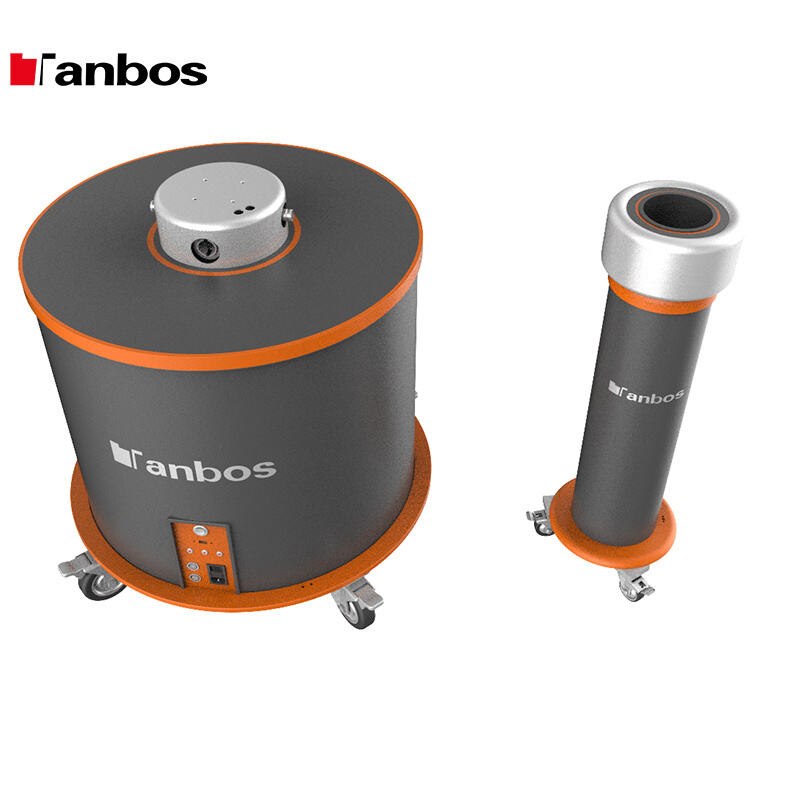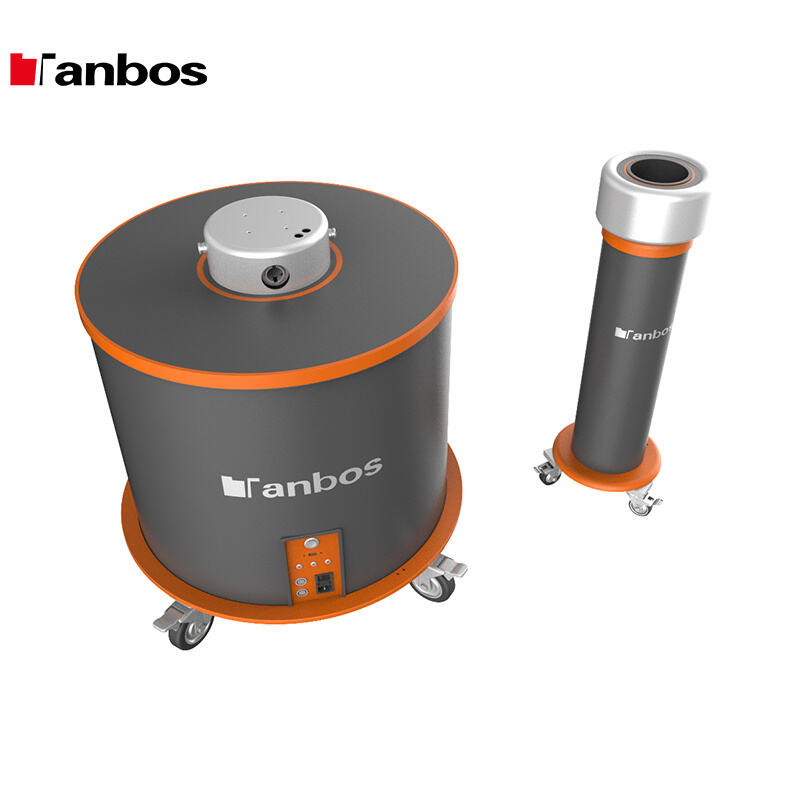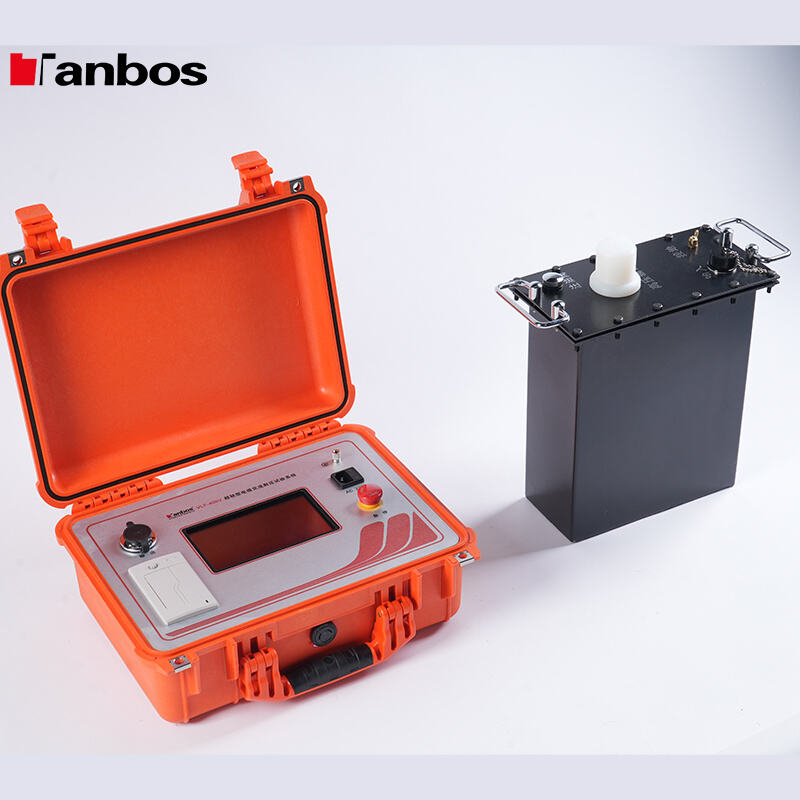 EN
EN
 EN
EN
VLF Hipot testing becomes useful for verifying that the apparatus is not a hazard of electric shock. It stands for Heavy Voltage Very Low Frequency testing. This test helps confirm the insulation, or the protecting covering, on the machines is powerful enough to withstand the passage of electricity. We can prevent problems and keep people safe while using the machines by doing this test.
VLF Hipot testing is an essential part of maintaining safety and reliability in electrical machines. Machines that break down and wreak havoc, if the insulation is crap. This could be bad for the machines and the people who operate them. We can make it better, because with regular tests you find little things that can be fixed before they become big things. This extends the life of the machines and saves money on repairs.

A major advantage of Hipot VLF testing is that we can learn how strong the insulation is. This helps workers to find faults in the insulation that need to be remedied. If we get those problems early, maybe we can prevent additional damage and make the machines work better. VLF Hipot testing is additionally an intelligent manner to maintain machines safe without a whole bundle of money on repairs.

Safety is a major concern for training on VLF Hipot testing. Workers should make sure the equipment is grounded and that they comply with all safety regulations before they start. They should also deck themselves out with armor such as gloves and goggles to prevent accidents. To guaranteeing the precautions necessary for operators, operators must be informed of how to perform VLF Hipot testing safety and properly.

Following a VLF Hipot test, technicians should review test results critically to determine how the insulation is performing. A number that is too far on the low side might indicate weak or broken insulation. A high number indicates the insulation is good and healthy. Understanding these results, workers can decide what to do to keep the machines safe and working well.